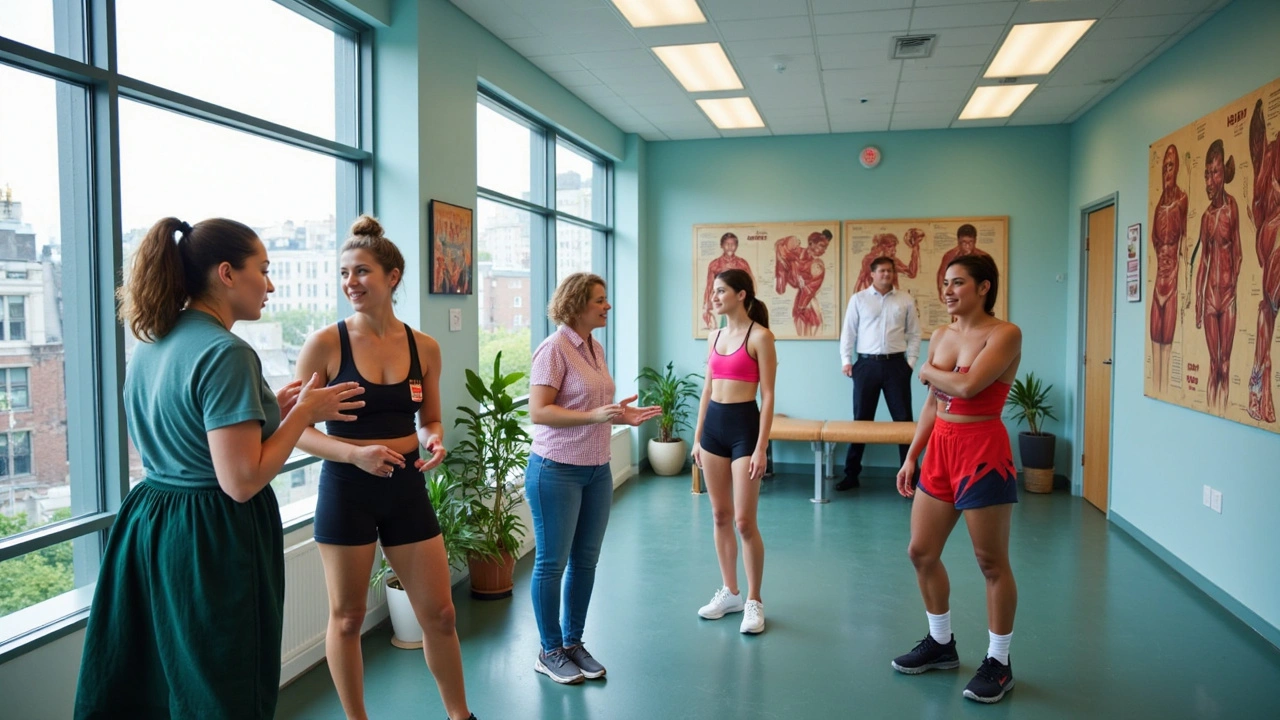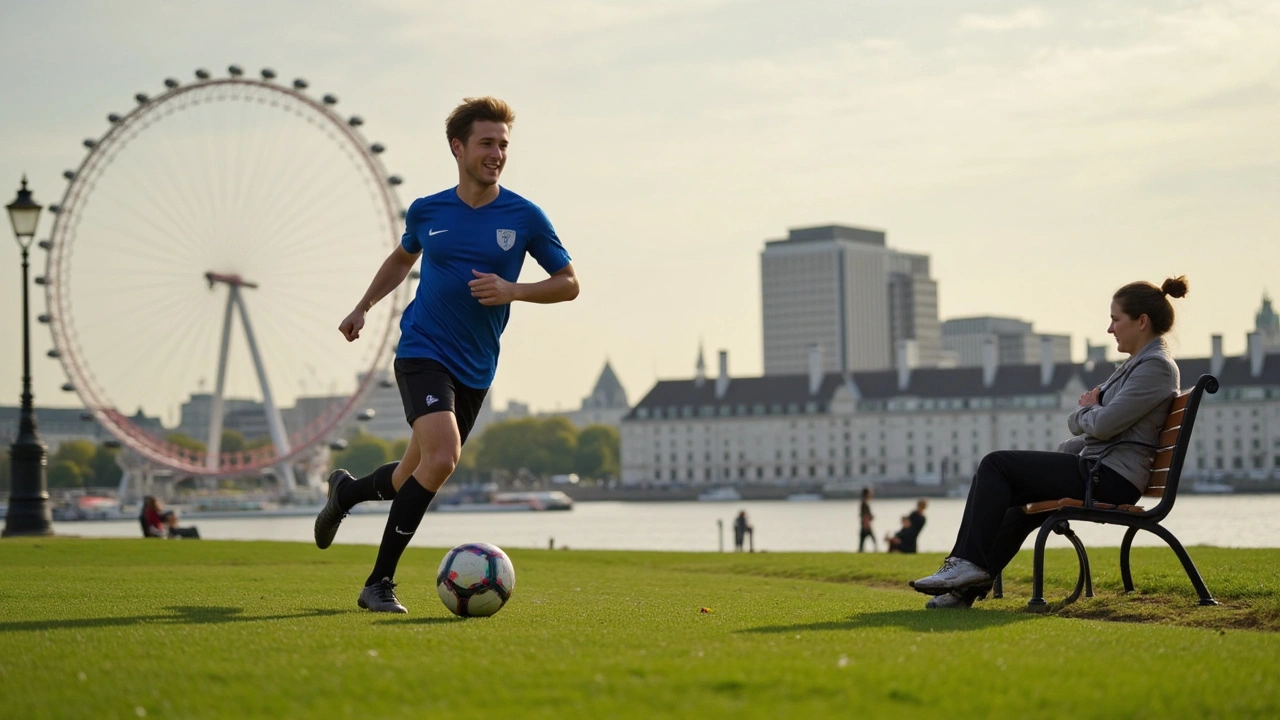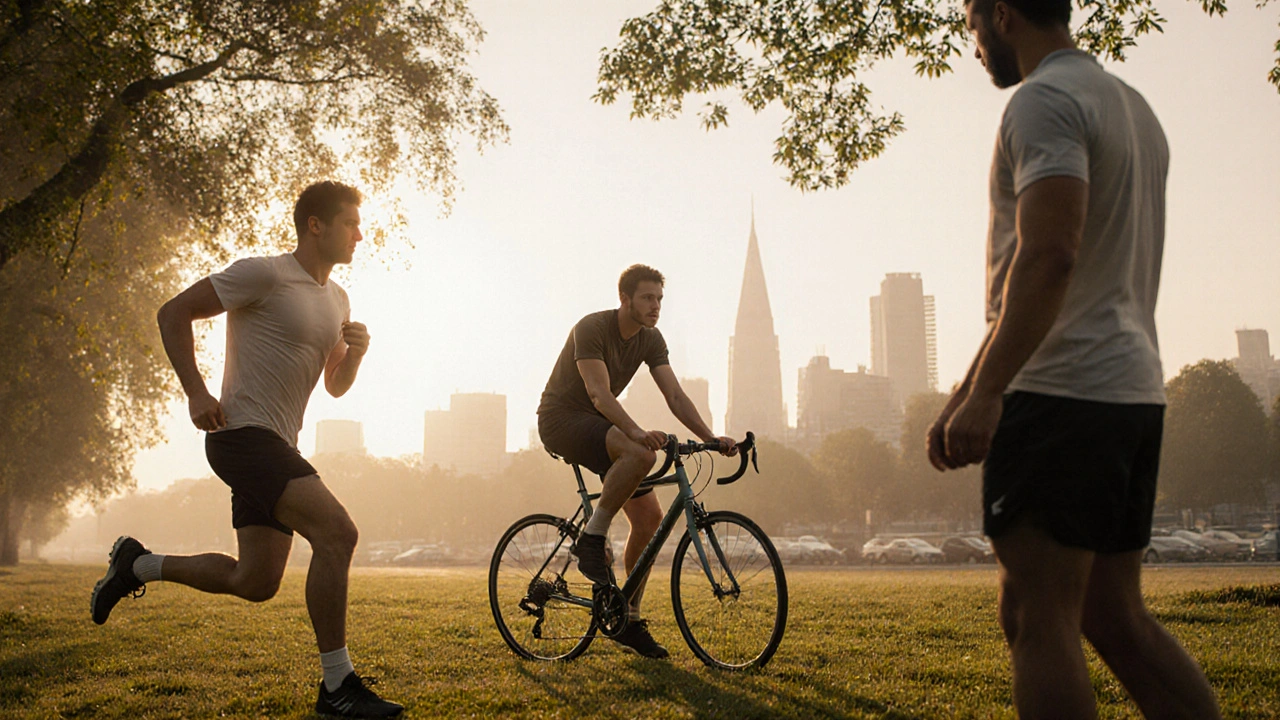Sports Massage London: Best Ways to Refresh Your Body and Mind

Think sports massage is just for elite athletes? Not even close. In a city like London, where daily life feels like a marathon, sports massage is the go-to for anyone who deals with tight muscles, long hours at a desk, or weekend jogs in the park. It goes beyond basic relaxation. Sports massage tackles knots, old injuries, and post-workout stiffness head on.
Here’s something you might not know: research from King’s College London found that regular, targeted massage can cut muscle soreness by up to 40%. Plus, you don’t need to break personal records to reap the benefits. Cycling to work, carrying groceries home, or chasing the Tube—your body takes a beating just living in the city.
If you want quicker recovery and better flexibility, or just to shake off that concrete-leg feeling after a packed day, sports massage is a smart move. The best part? Most clinics in London can tailor a session to fit your lifestyle, whether you're a runner, a busy parent, or glued to your laptop all day. Ready to see what makes sports massage worth the hype?
- What Makes Sports Massage Different
- How Sports Massage Benefits Londoners
- Tips for Choosing a Great Sports Massage Therapist
- What to Expect During Your First Session
What Makes Sports Massage Different
Sports massage isn’t your average spa treatment. It’s all about working out kinks, boosting mobility, and helping your body bounce back faster. Instead of just gentle strokes, therapists target deeper muscle layers and connective tissues using techniques like trigger point therapy, stretching, and cross-fiber friction. This focus means they can find and deal with problem spots, whether from tough training or a dodgy desk setup.
What really sets sports massage apart is its purpose. Unlike relaxation massage, it aims to:
- Fix and prevent injuries
- Improve performance
- Speed up recovery after workouts or long days
- Get rid of muscle tension that holds you back
In London, you’ll find that most clinics ask about your daily routine, exercise habits, and even past injuries before getting started. This isn’t just small talk—it helps them tailor the session to your needs. Whether you’re training for the London Marathon or dealing with shoulder pain from scrolling TikTok, your therapist adjusts the pressure and techniques to match.
Here’s a quick look at how sports massage London therapists mix things up compared to regular massage:
| Massage Type | Main Focus | Typical Techniques | Best For |
|---|---|---|---|
| Sports Massage | Performance, Injury Prevention | Deep Tissue, Stretching, Trigger Point | Athletes, Active People, Desk Workers |
| Swedish Massage | Relaxation, Stress Relief | Gentle Kneading, Long Strokes | General Relaxation |
One more thing: sports massage often leaves you feeling a bit sore right after, but that fades in a few days—what you’re left with is easier movement and less pain. For Londoners who want their bodies to keep up with their busy lives, that’s a huge win.
How Sports Massage Benefits Londoners
There’s a reason sports massage has become such a staple in London—this city is tough on bodies. Between cramped commutes, high-pressure jobs, and busy weekends, even people who aren’t training for marathons end up with aches and pains. Here’s what a sports massage London session actually does for you.
First off, it speeds up recovery. Whether you’re hitting the gym, biking to work, or just stuck at your desk for hours, your muscles build up tension and sometimes even little injuries you don’t notice right away. Sports massage uses specific techniques like deep tissue work and stretching to break down those knots and get the blood flowing.
You’ll also see less muscle soreness, especially after a hard workout. Research done by University College London showed that people who got sports massages felt up to 30% less muscle fatigue after intense physical activity. That means you can bounce back faster, without the lingering aches that make you skip your next session or walk funny for two days straight.
And it’s not just about sports. Plenty of Londoners book regular sessions to help manage stress and even improve sleep. Massage lowers levels of the stress hormone cortisol and bumps up endorphin production, so you feel not just more mobile, but also calmer and happier.
Don’t forget about posture. London office life is famous for turning people into hunchbacks. Sports massage can loosen up tight back, neck, and hip muscles, so it’s easier to sit and move well. Some people even report fewer headaches and less back pain after just a couple of sessions.
Check out how sports massage compares to skipping it entirely:
| Benefit | No Massage | Sports Massage |
|---|---|---|
| Muscle Recovery Time | 3-5 days | 1-2 days |
| Overall Flexibility | Stays the same or worsens | Noticeable improvement |
| Perceived Stress Levels | High | Significantly lower |
| Incidence of Minor Injuries | More frequent | Reduced risk |
With clinics all over town, most Londoners can fit a session in after work or even during lunch. The results? You feel lighter, move better, and handle city life without feeling worn down all the time.

Tips for Choosing a Great Sports Massage Therapist
Finding someone who really knows their way around muscle pain can be a game changer. Loads of people just book the closest available therapist, but your results will be way better if you keep a few things in mind. London is packed with options, and not all therapists are created equal.
First, qualifications matter. Good sports massage therapists in London should be registered with a professional body like the Sports Massage Association (SMA) or the Complementary and Natural Healthcare Council (CNHC). This means they’ve met proper training standards and are insured. Always check for visible certification in the clinic or on their website.
It helps to find someone with experience treating your type of issue. If you’re dealing with running injuries, look for therapists who’ve worked with runners before. Desk shoulders? Go with someone who lists posture problems as a specialty. Don’t be shy—ask how often they treat cases like yours. A decent therapist will answer honestly.
- Read recent, verifiable reviews. Google and Treatwell are full of feedback: skip those with just a handful of ratings, and lean toward therapists with lots of fresh 5-star comments.
- Ask about their approach. Some swear by deep tissue, others use myofascial release. If you have a particular pain or medical issue, let them know upfront and see how they respond. You want someone listening, not just pushing through a routine.
- Cleanliness and professionalism count. Therapy tables should be spotless, oils and towels fresh. If something feels off, trust your gut and move on.
- Availability and location matter too. If your plan is to go regularly, make sure the clinic isn’t a two-hour trek across the city.
Did you know? A 2024 survey by the SMA found that 82% of Londoners who switched to a registered, specialist therapist noticed a "substantial improvement" in pain within four sessions.
| Criteria | Why It Matters |
|---|---|
| Professional Registration | Keeps standards high; ensures your therapist is safe and trained |
| Specialty | Matching their experience with your needs gets better results |
| Verified Reviews | Real insights from real clients help avoid bad experiences |
| Good Communication | You need someone who listens and explains, not just "does" |
Picking a sports massage London therapist isn’t just about who’s free on Saturday afternoon—it’s about finding someone who knows how to help your body recover and perform at its best.
What to Expect During Your First Session
Stepping into your first sports massage session in London? Here’s how it usually goes, so you’re not left wondering what comes next. Your therapist will start with a chat about your daily routine, exercise habits, and where you’re feeling tight or sore. This isn’t small talk—it helps them figure out the best way to help you.
Next, you’ll change into comfortable clothes or undress to your level of comfort. Most people lie on a massage table with a towel or sheet for privacy. Don’t stress about what’s “normal”—just speak up if you feel awkward at any point.
The therapist uses different techniques, from firm strokes to deeper pressure in tricky spots. Every move has a purpose: get blood flowing, loosen muscles, and flush away soreness. Unlike spa massages, a good sports massage London experience is all about function. If it feels a bit uncomfortable, that’s normal, but you should never feel real pain. Your therapist will always check in about the pressure.
In the first session, expect:
- A quick health check or screening (you might fill out a form)
- Treatment focusing on your main problem areas
- Stretching and joint movements, not just muscle work
- Tips for recovery—maybe even stretches or simple advice you can use at home
Wondering about how much time to set aside? The average session in London lasts about 50 minutes, but some places offer express 30-minute slots or full 90-minute deep dives. Here’s a quick look at what’s typical:
| Session Length | What’s Included |
|---|---|
| 30 minutes | Quick fix for one or two areas (shoulders, back, legs) |
| 50 minutes | Full body check with focus on problem spots |
| 90 minutes | Deep tissue work, advanced stretching, total reset |
Most people feel improvement after just one session, but about 65% of regular clients book appointments every two to three weeks for the best results. Remember to stay hydrated after your massage—moving toxins out of the muscles can leave you feeling thirsty or even a bit sore the next day. That’s your body bouncing back stronger.



